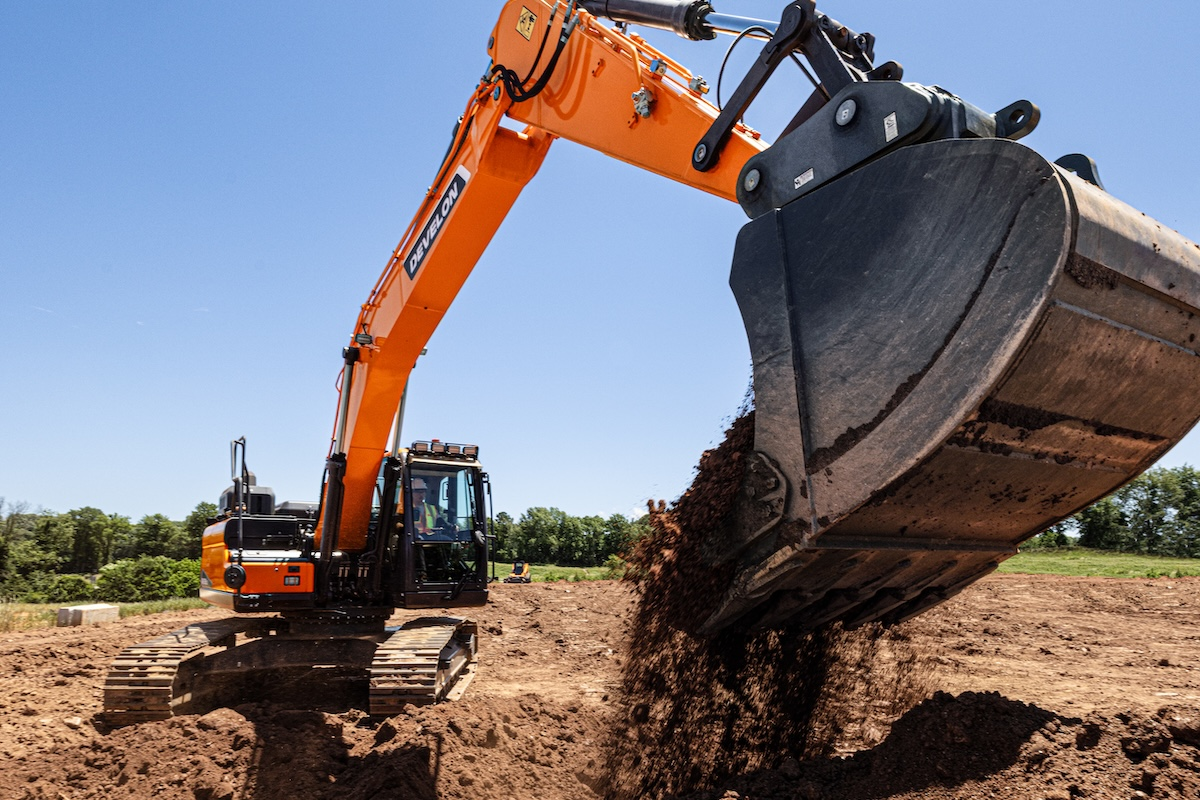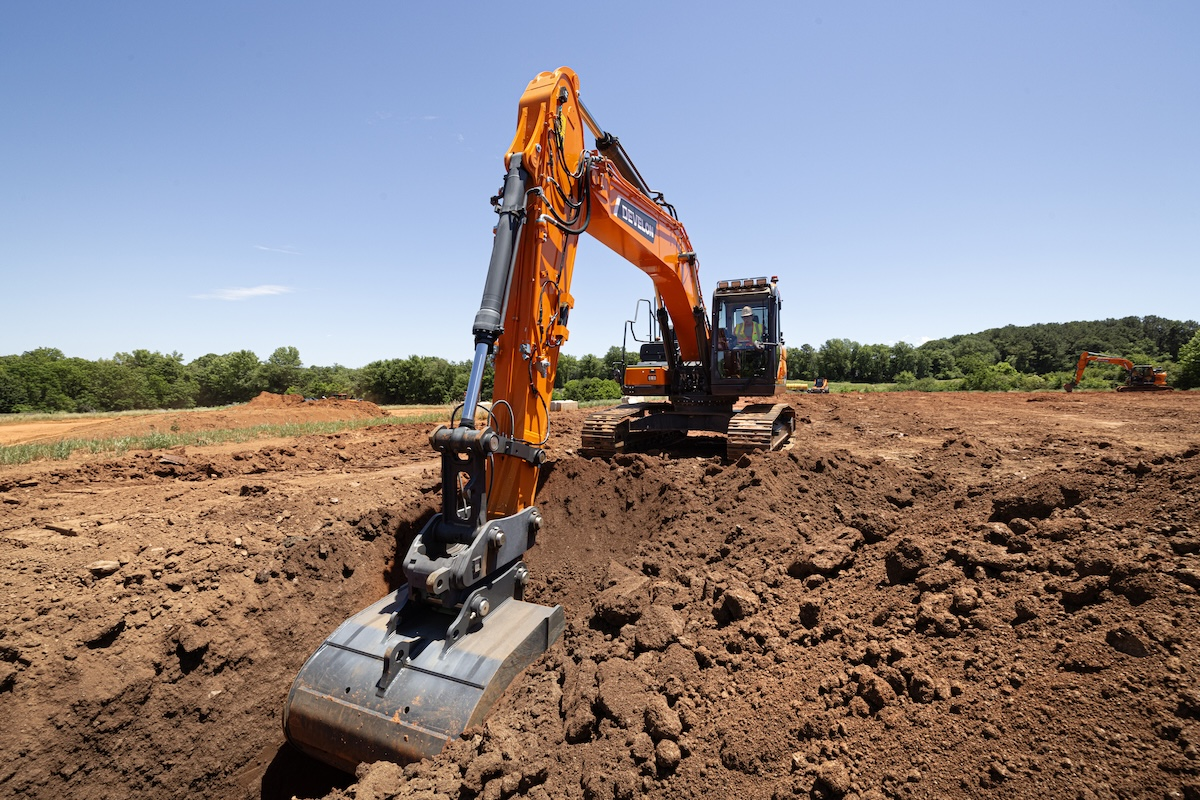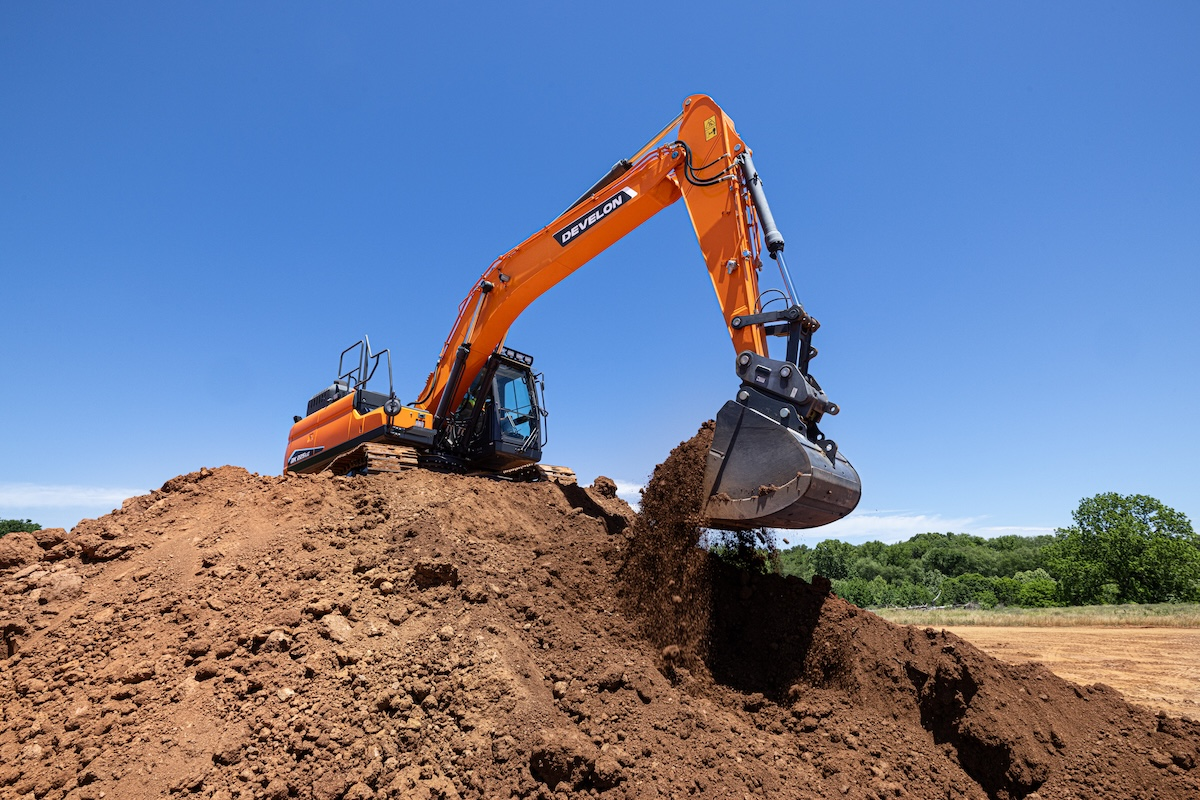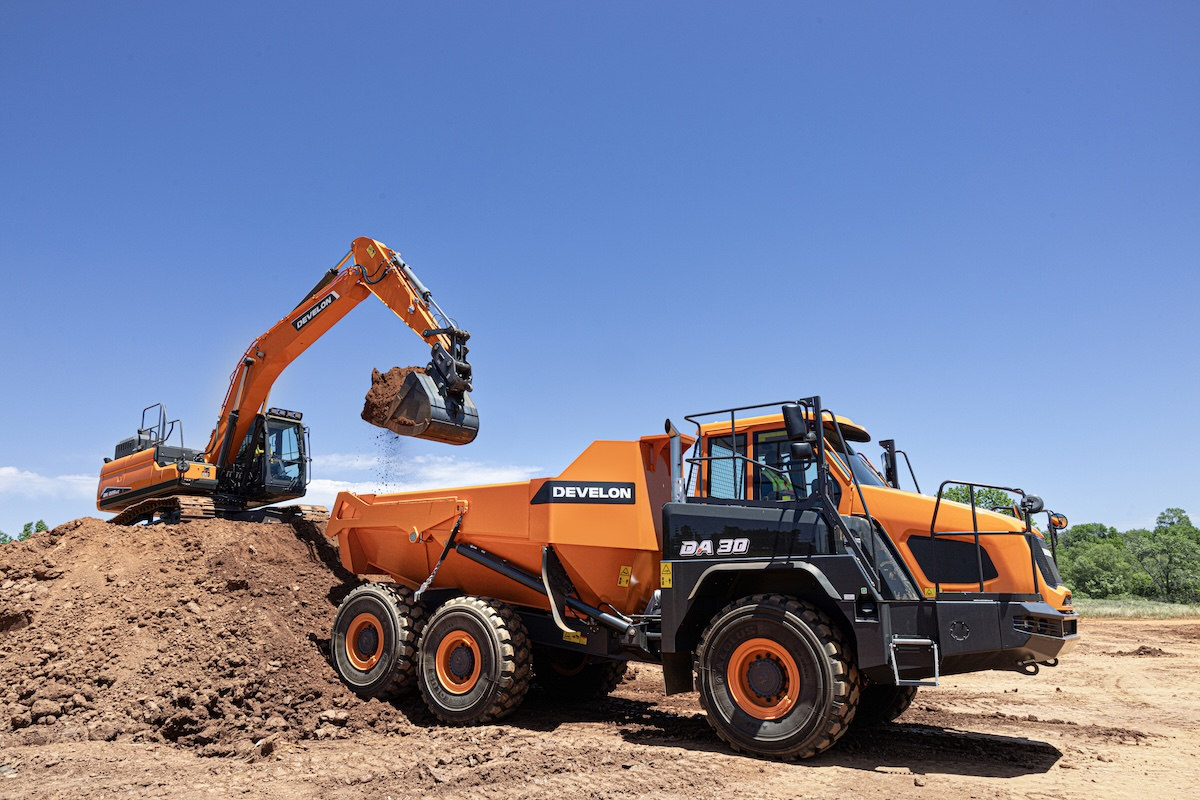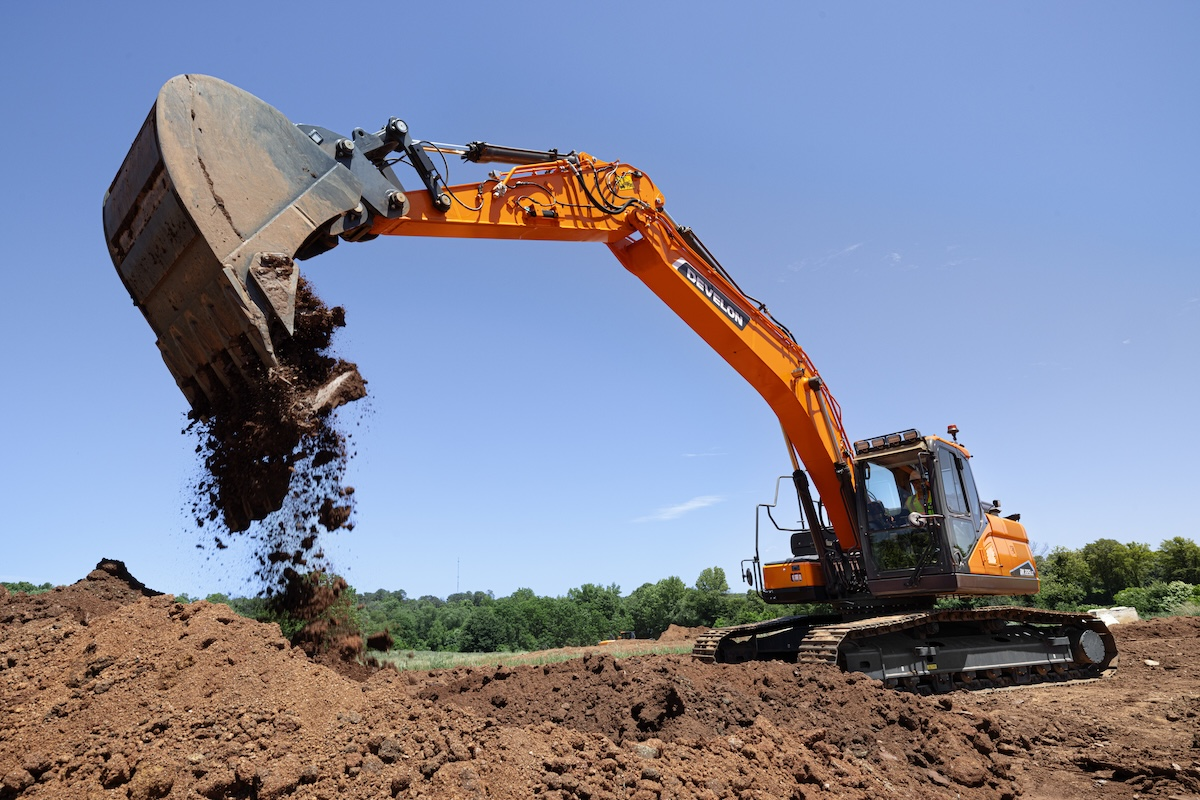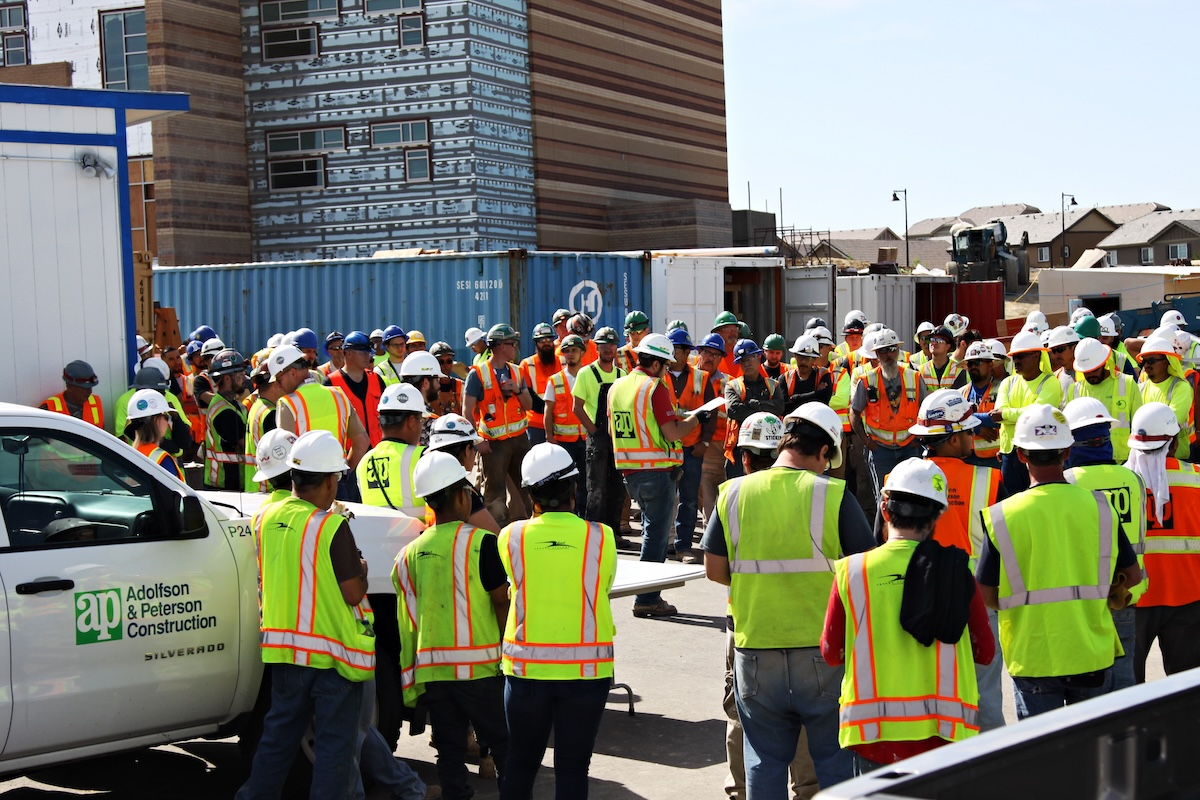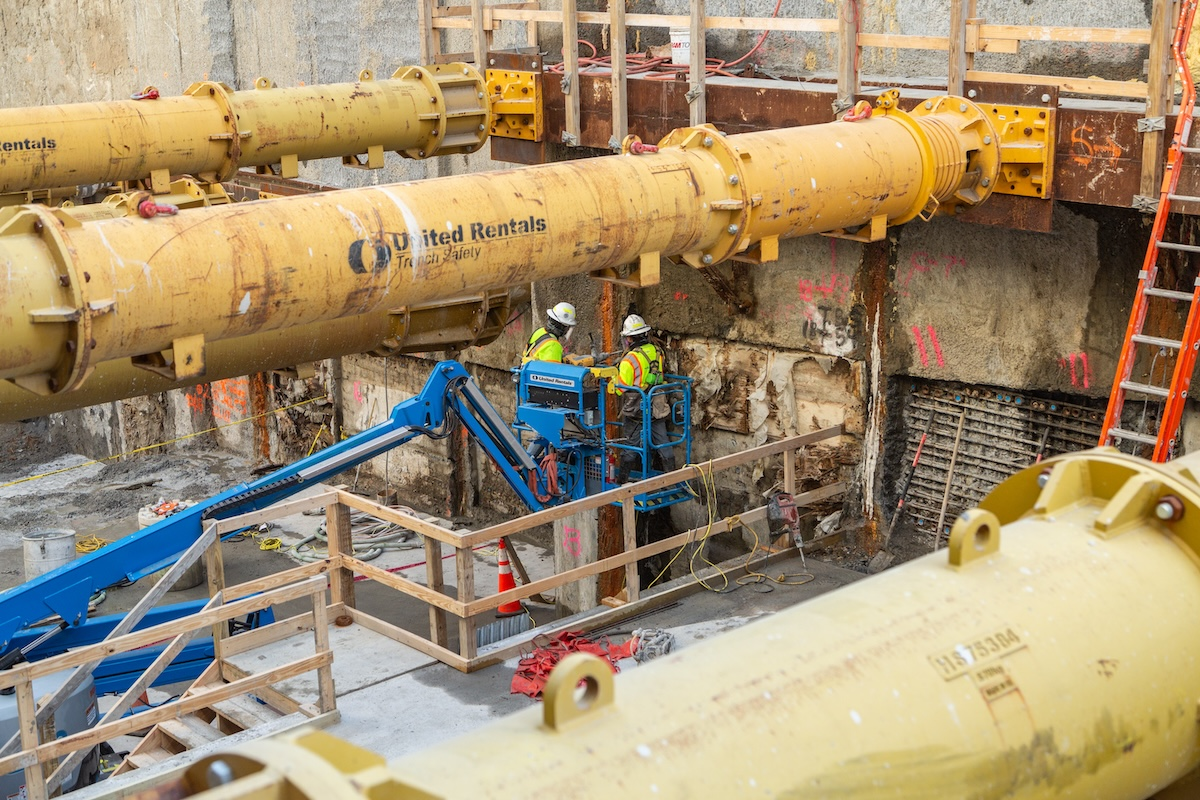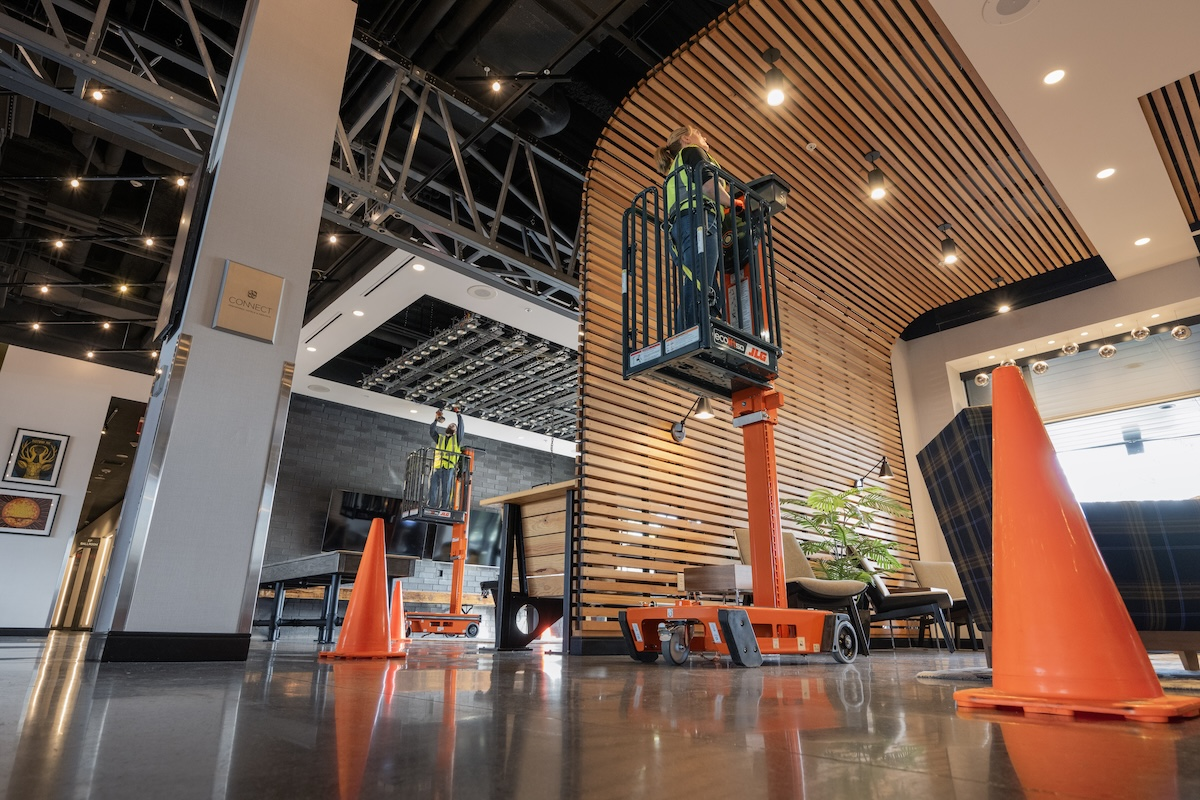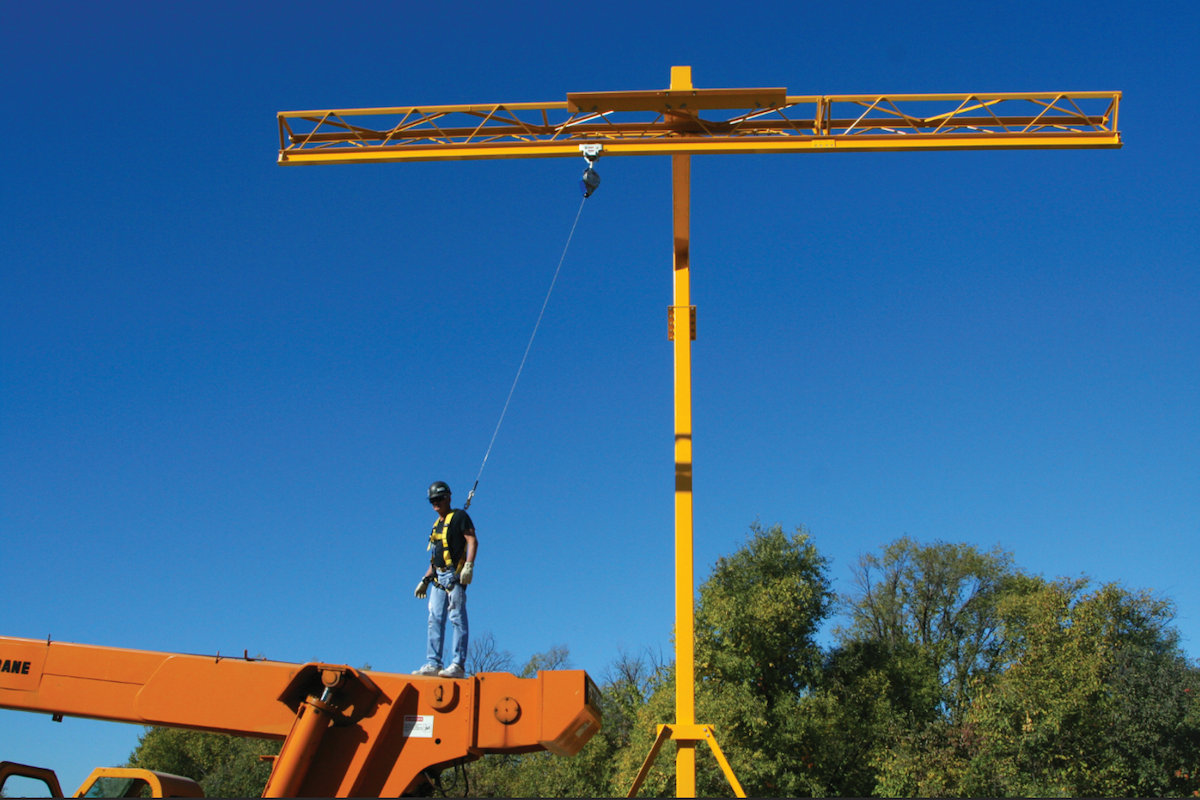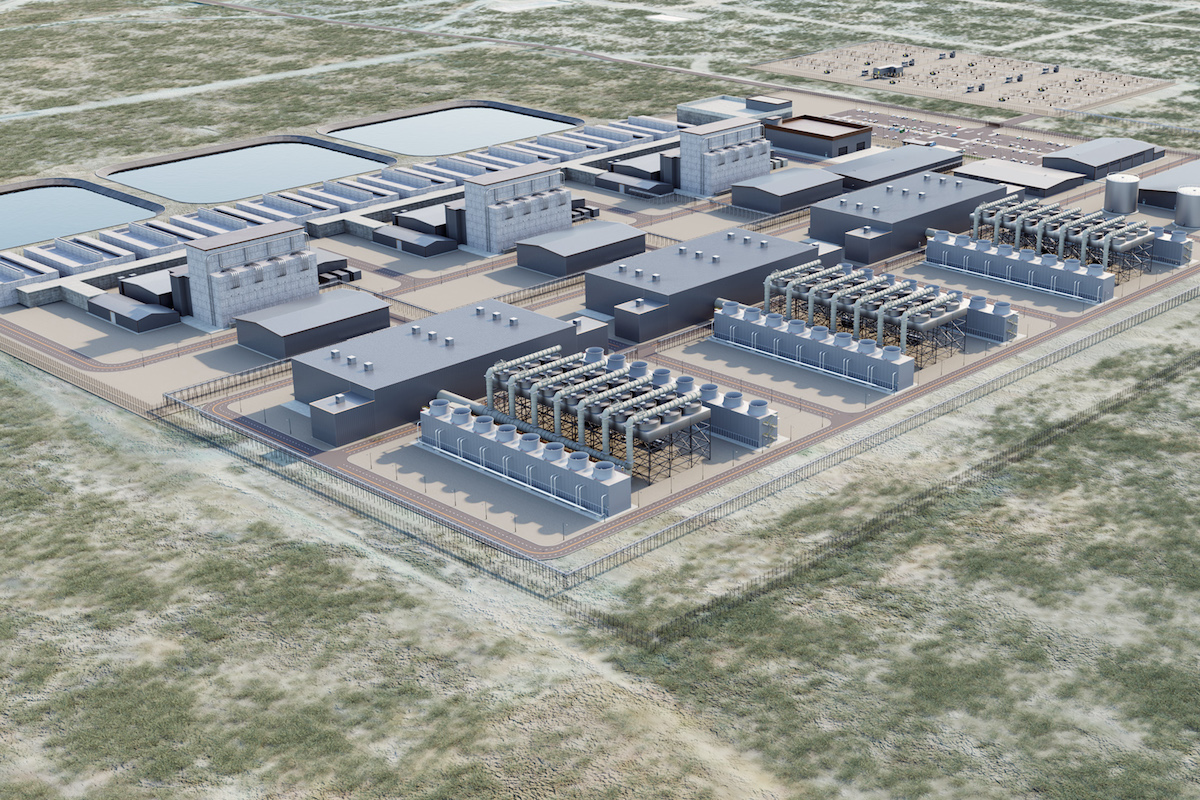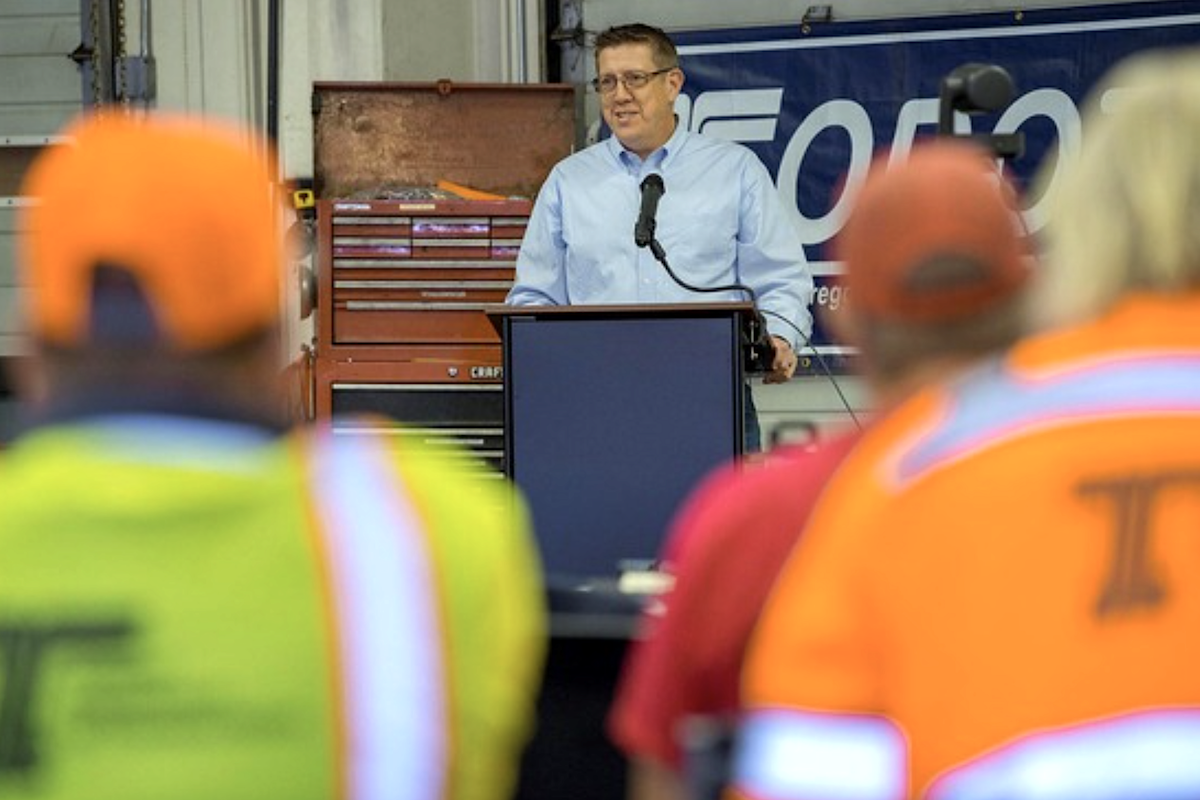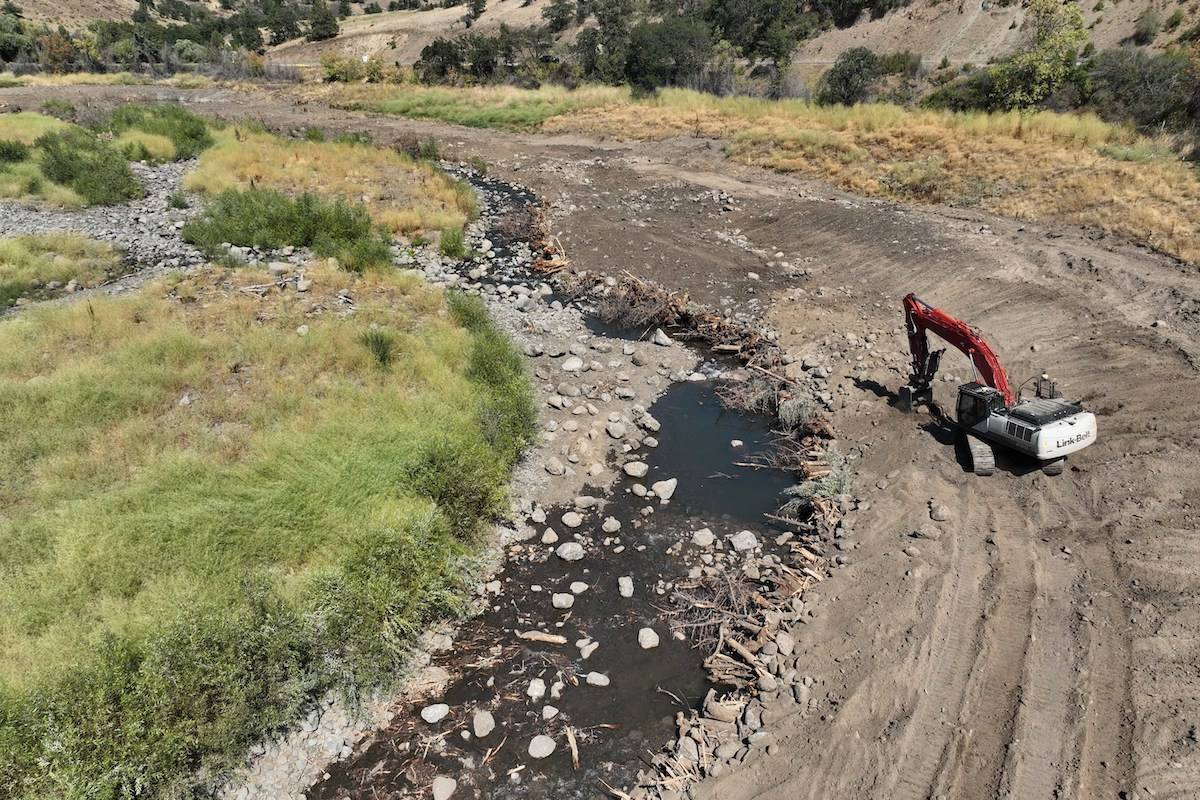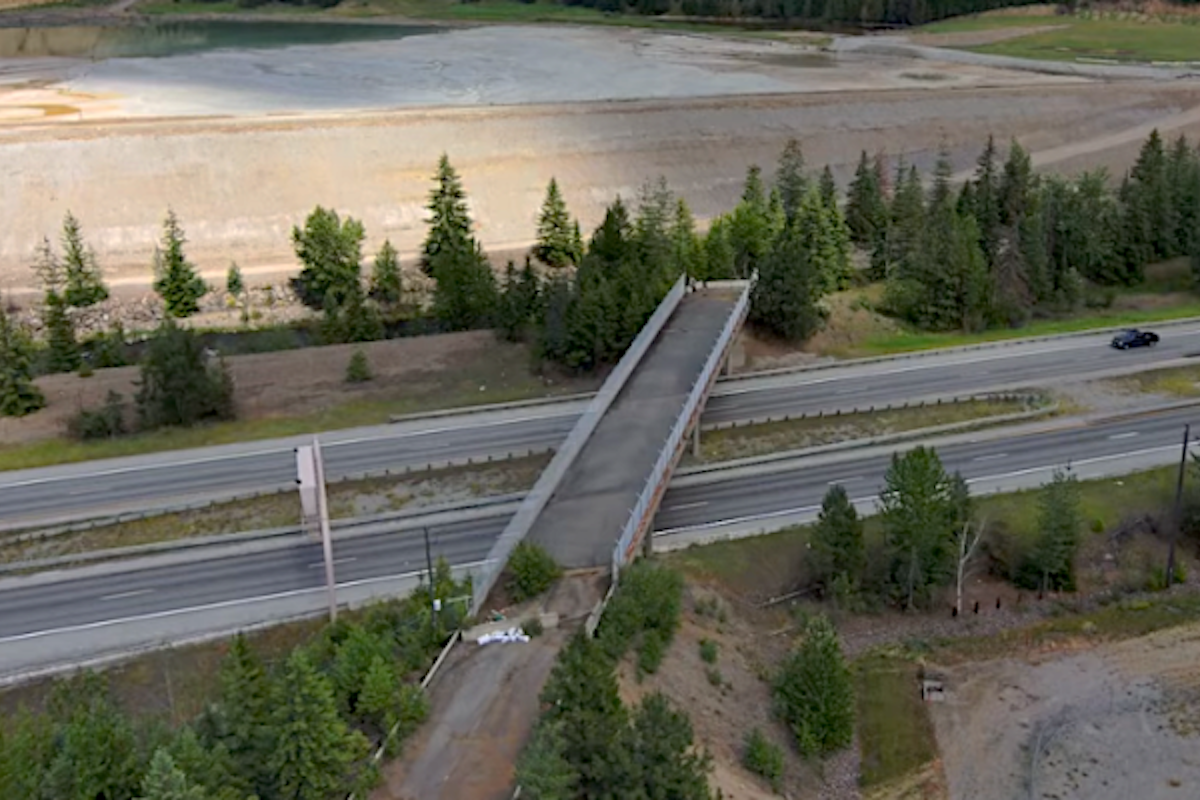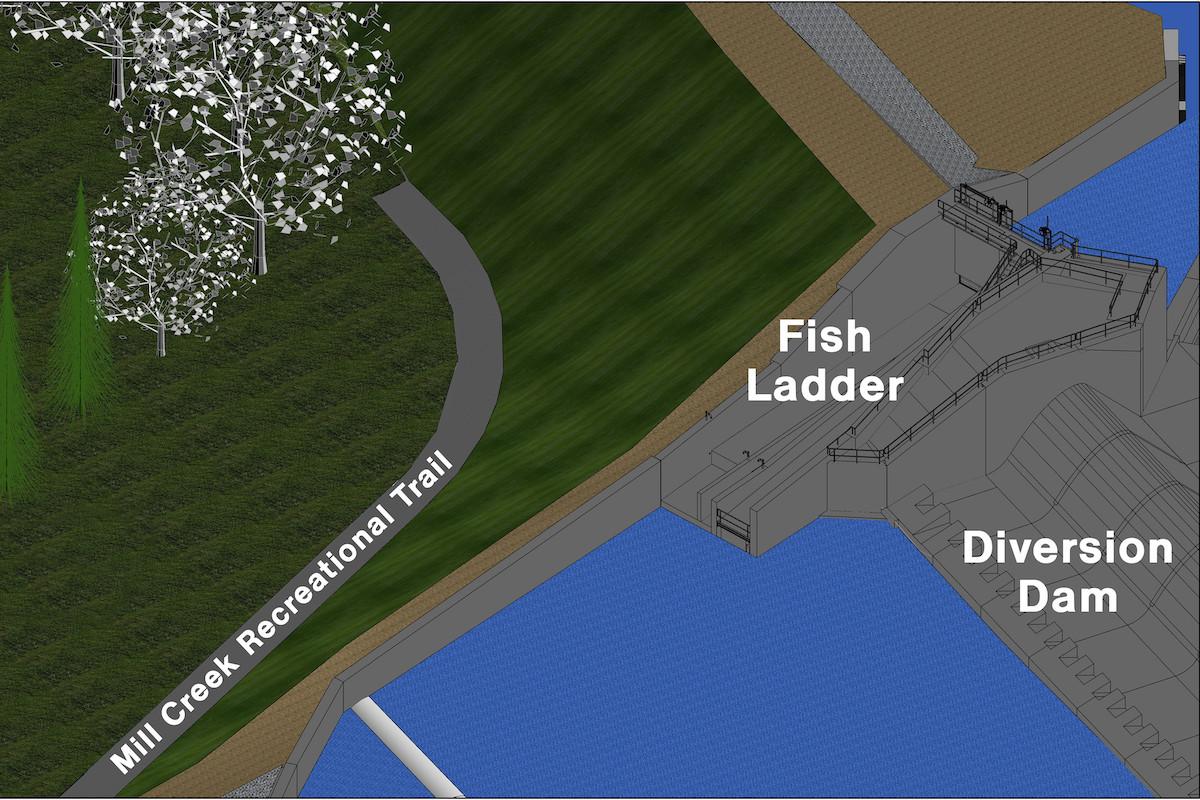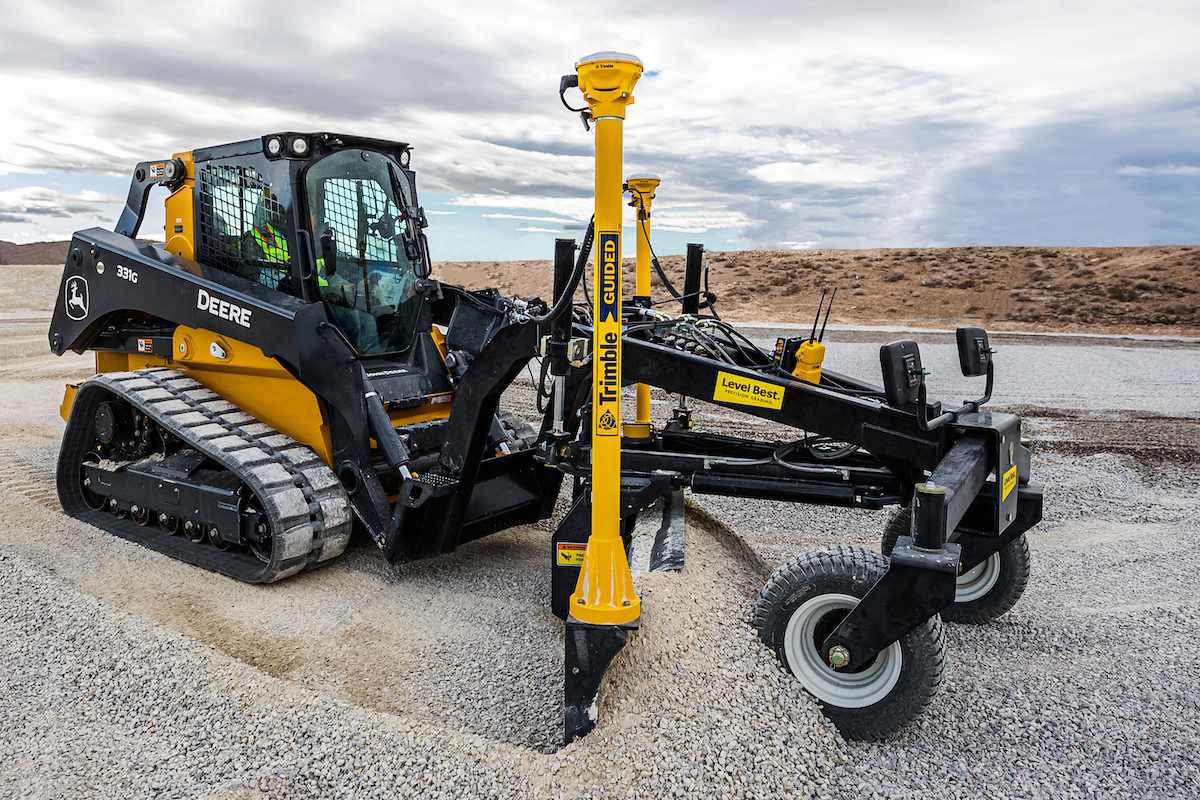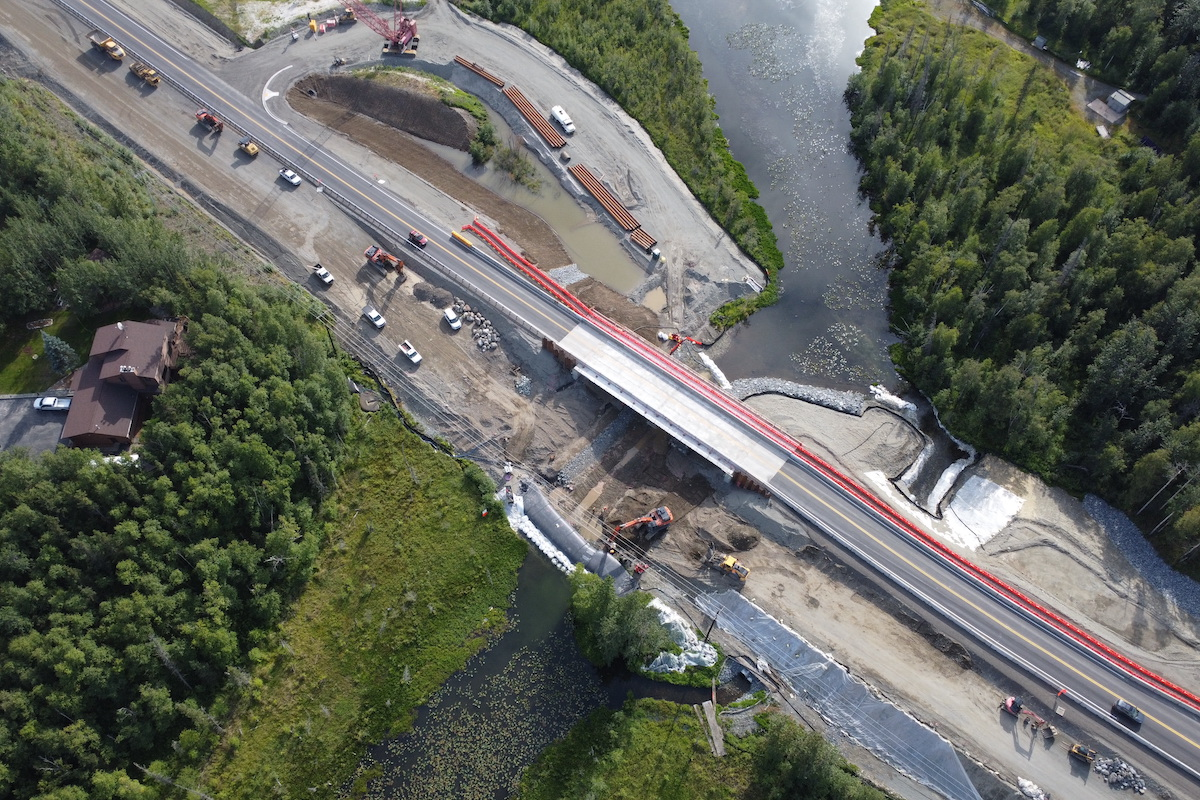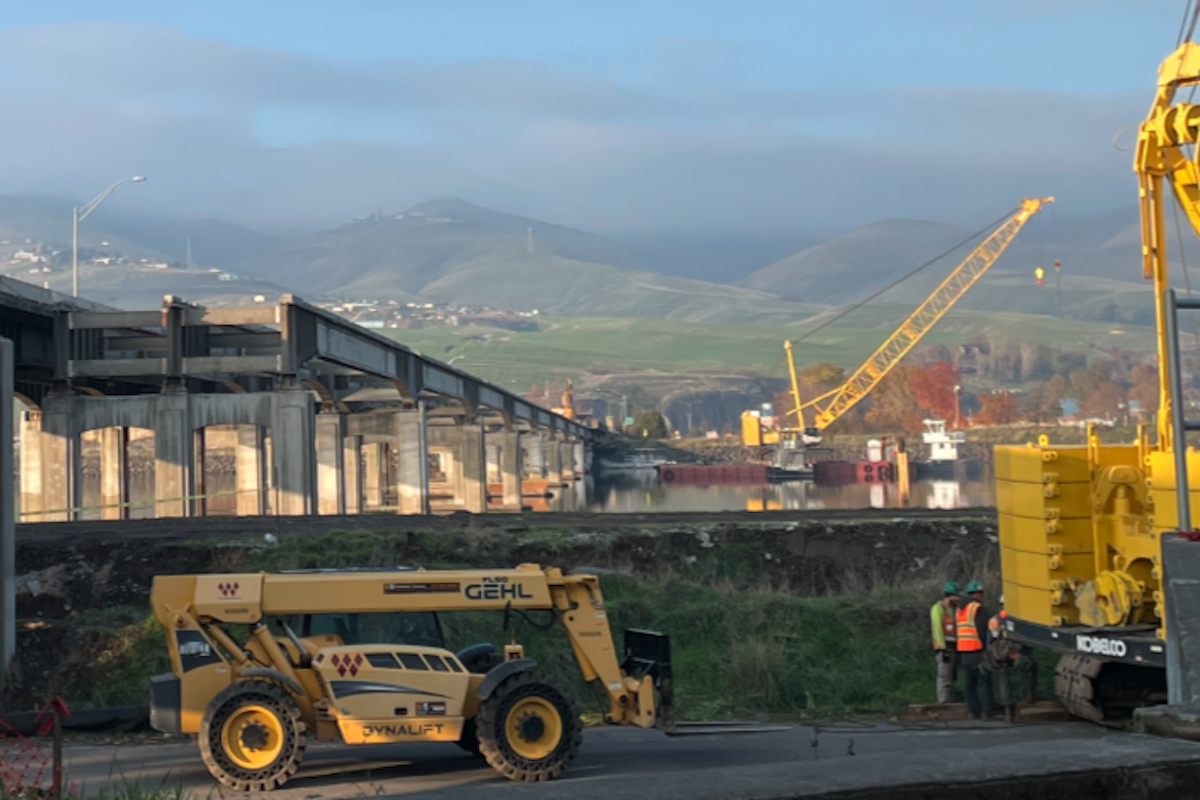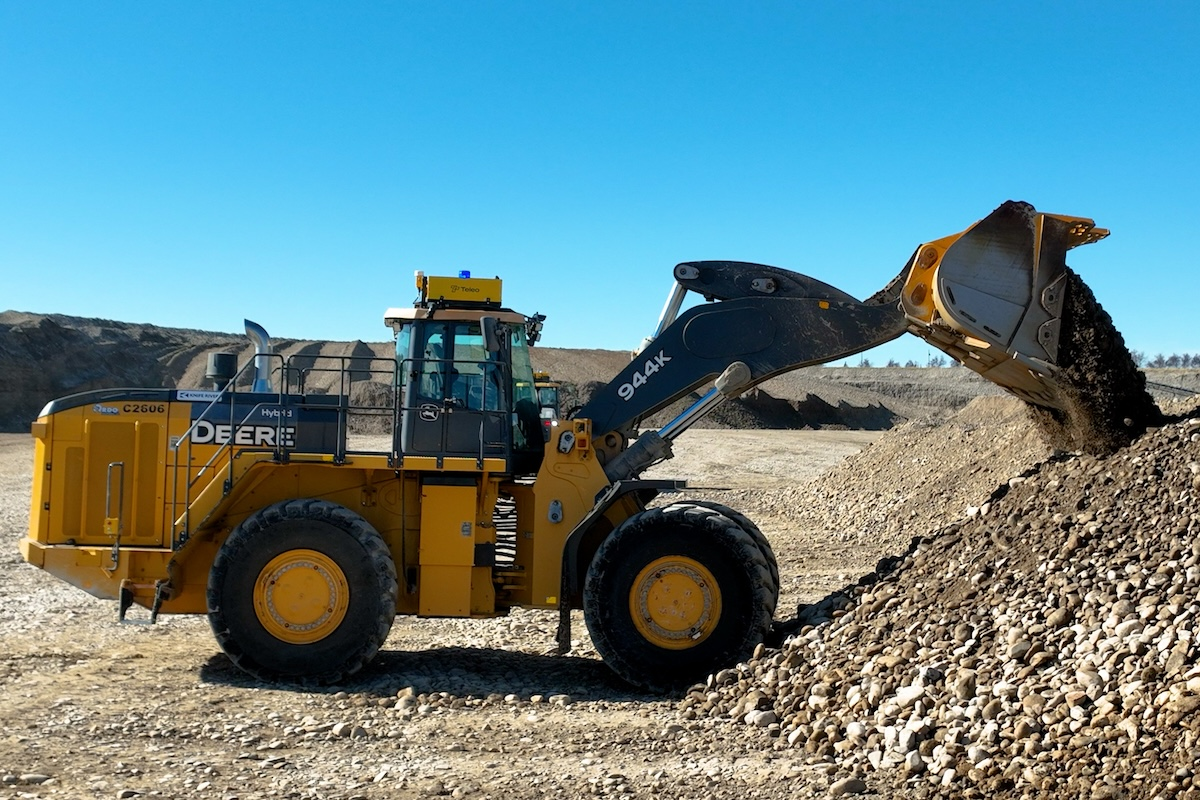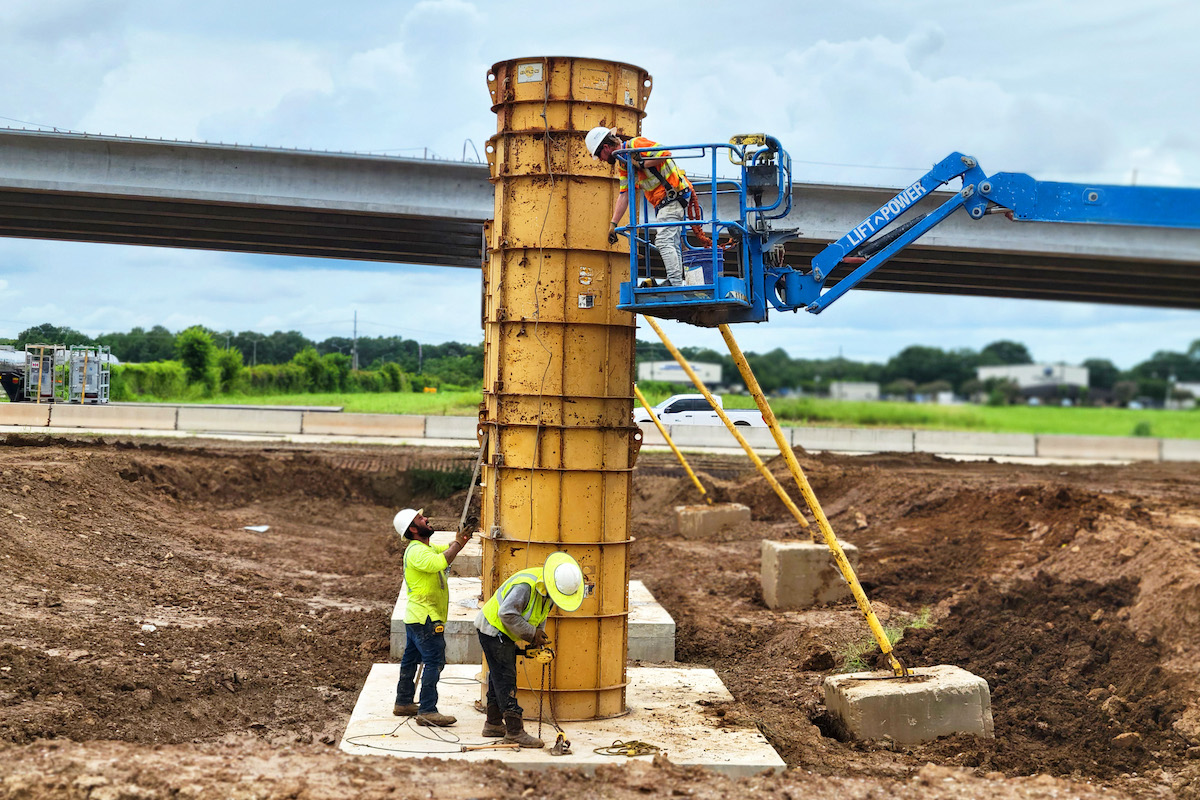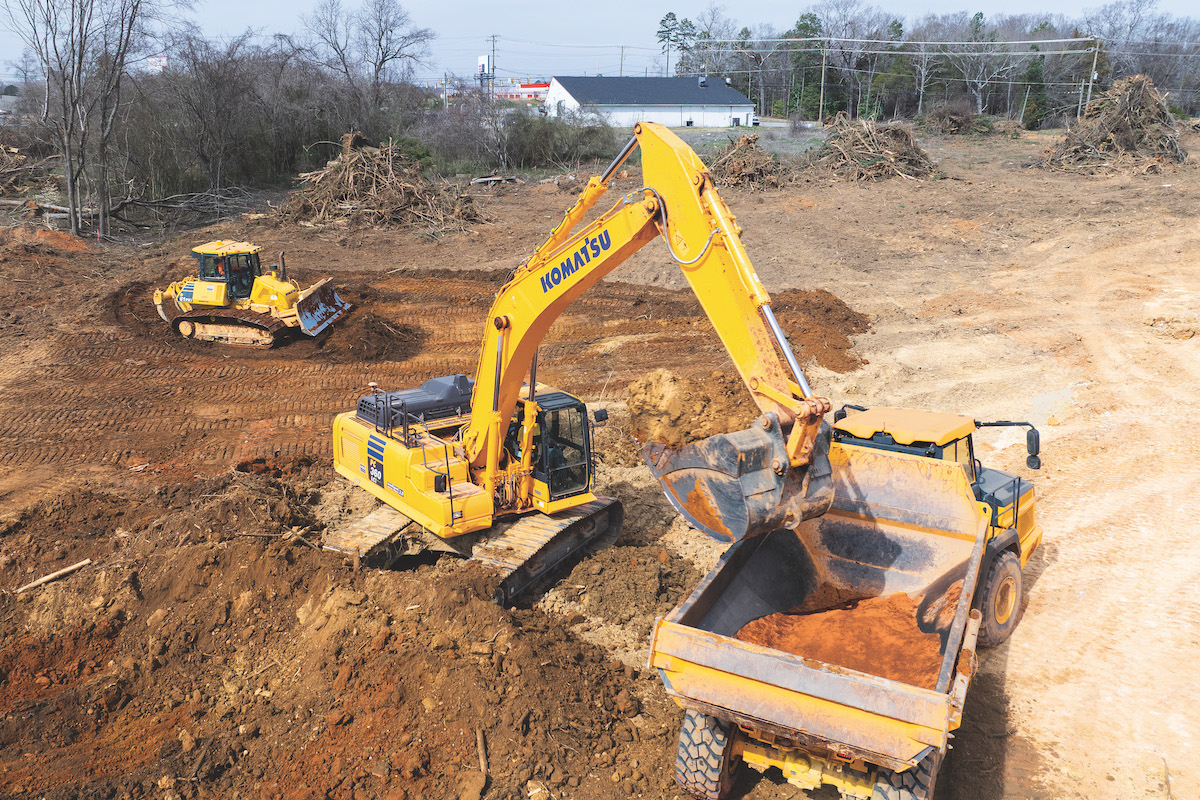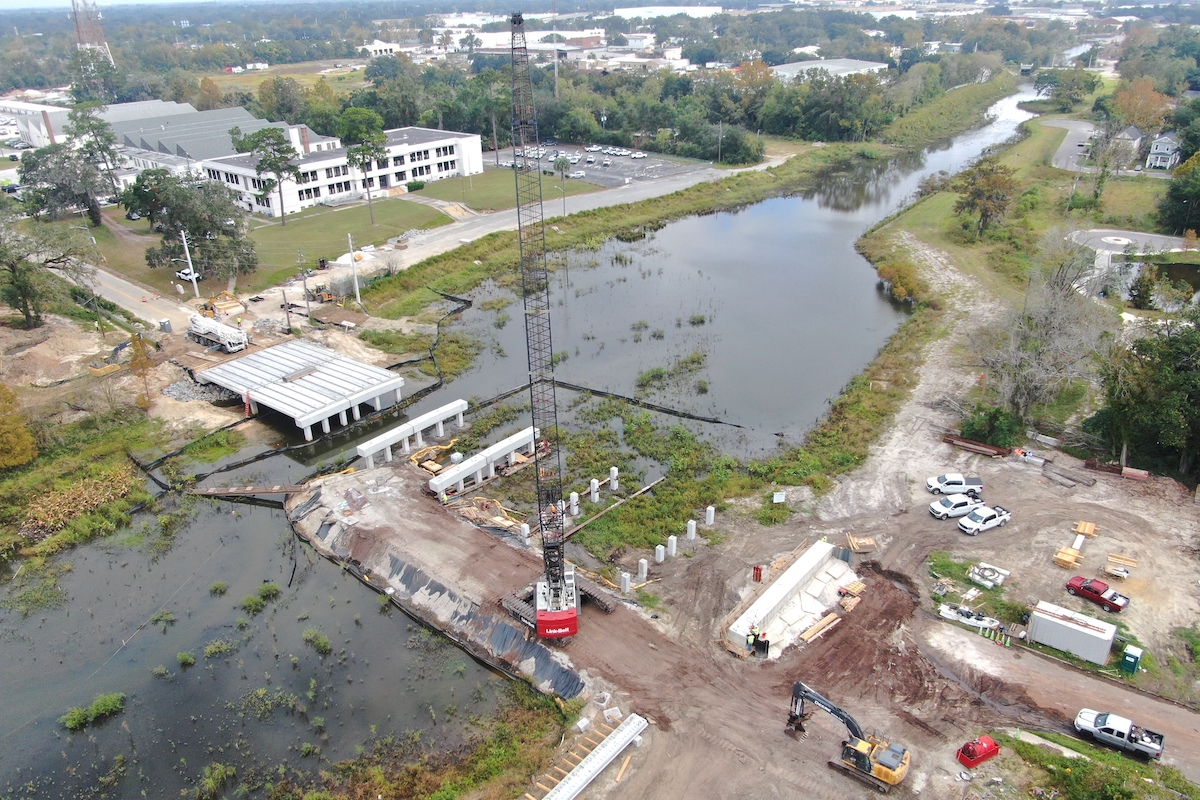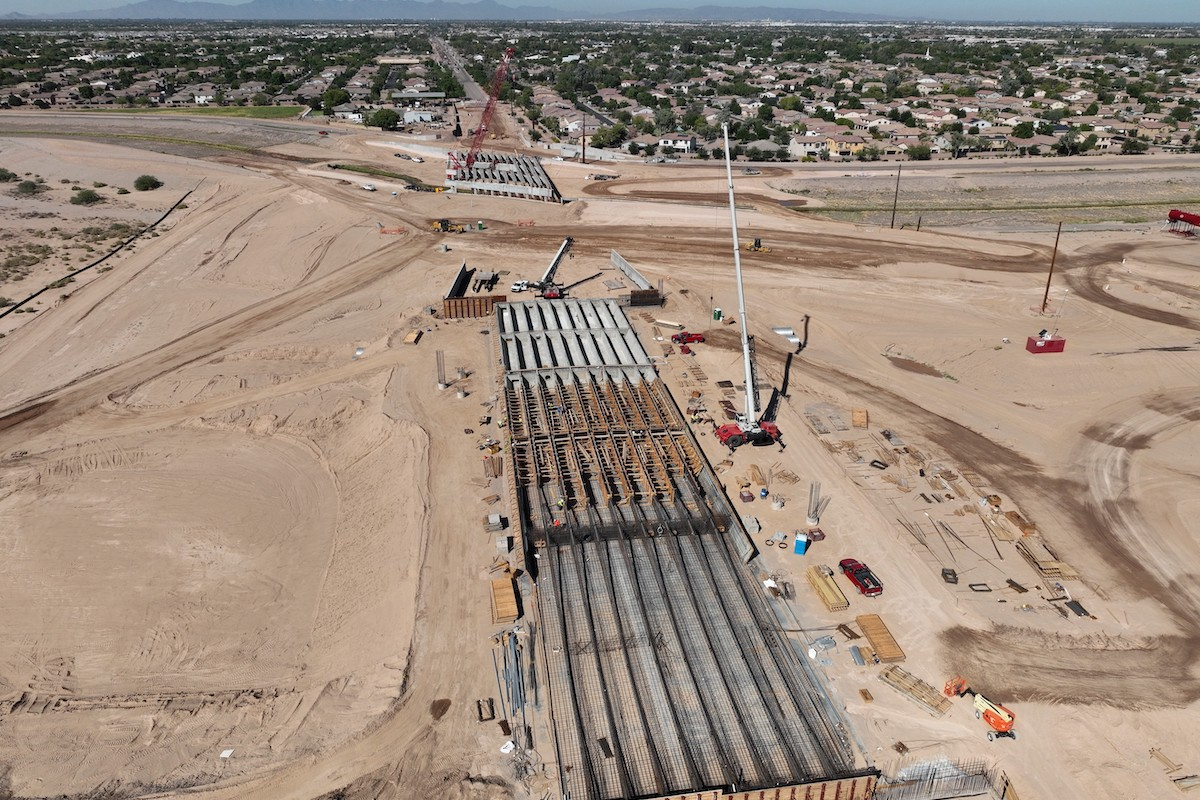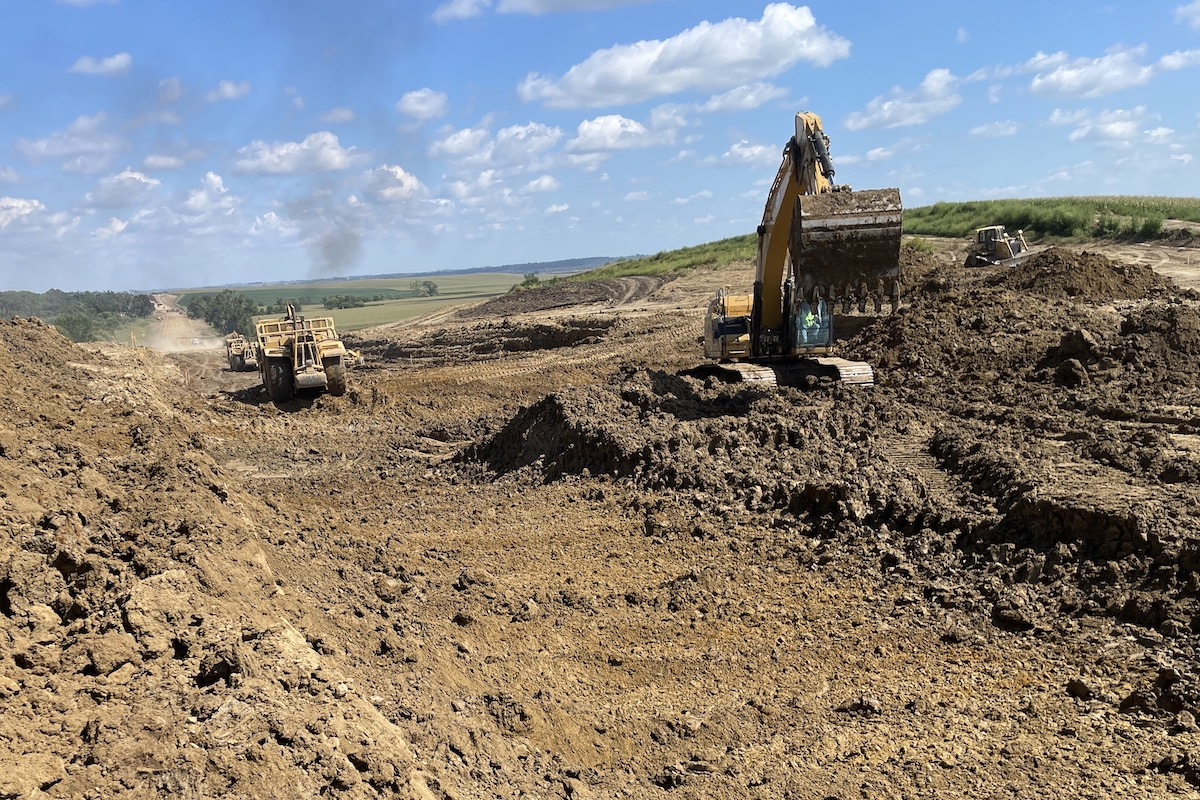A single excavator, guided by a high-tech 3D grade control system, shapes a highway expansion with accuracy that once required an entire crew. Today’s excavators are no longer just digging machines; they’re smart tools that help contractors finish complex jobs faster and more efficiently than ever before.
Advanced grade control systems are replacing traditional excavation methods, which relied on manual measurements with grade stakes. For projects involving straight-line trenches or simple slopes, a 2D grade control system provides real-time guidance using sensors and controllers. This technology allows an operator to, for example, dig a trench for a new water line to a perfect, consistent depth and slope without a worker needing to manually check the grade.
“This technology allows the operator to dig along a single plane, like a trench, with pinpoint accuracy on the first pass,” said Brian Kim, Excavator Product Manager at DEVELON. “This eliminates the need for repeated checks and adjustments; the desired slope and elevation are met on the first pass.”
For more complex projects, 3D grade control systems take precision to the next level. Using GPS, GNSS, or total station technologies and a digital site model, these systems guide the bucket’s position to perfectly match even the most intricate site plans.
“The operator receives instant feedback on the in-cab display, allowing them to precisely cut or fill material to match the digital plan,” Kim said. “On a highway expansion project, for instance, the system can guide the excavator to create the exact slope for a new on-ramp, ensuring that the grade matches the engineering design perfectly and minimizing over-digging.”

| Your local Somero dealer |
|---|
| American Construction Supply |
A big benefit of these technological advancements is the direct impact on a company’s bottom line. The initial investment in a modern excavator is paid back through long-term savings and increased efficiency.
Savings start with lower operating costs. Because the machine can finish tasks in fewer passes and with less rework, it uses less fuel and has less wear and tear. This both reduces maintenance costs and extends the machine’s lifespan.
Additionally, optimized material usage is a major factor in cost savings. Precision digging prevents operators from excavating too deeply, which means contractors don’t have to pay to haul away or bring in extra dirt. On a large site development project, this could save thousands of dollars on trucking and material fees.
Technology on crawler excavators makes them faster and more productive. Advanced hydraulic systems provide smoother, more efficient power delivery, while modern electro-hydraulic controls give operators more precision.

| Your local Metso Minerals Industries Inc dealer |
|---|
| PacWest Machinery |
| Westate Machinery Co |
“With electro-hydraulic controls, the system can precisely control and optimize hydraulic flow for more efficiency and provide smoother operation,” Kim said.
Beyond hydraulics, modern engine design has also improved. Fuel-efficient, variable-speed diesel engines with enhanced fuel injection systems use less fuel and have lower emissions. On a large earthmoving job, a more fuel-efficient excavator can run for longer periods without needing to refuel, which means less downtime.
Excavator technology that improves job site safety helps protect operators while also saving time and improving efficiency. Rearview cameras are often standard on crawler excavators, with additional options like side view cameras and object detection systems becoming more popular.
Around view monitor (AVM) camera systems, available on many models, display a full view of the machine’s surroundings to give operators greater confidence when working in tight conditions. In some machines, AVM systems offer up to 270 degrees of visibility through the monitor inside the cab, allowing operators to better identify potential hazards and obstacles.

| Your local Trimble Construction Division dealer |
|---|
| SITECH Northwest |
Manufacturers also offer object detection systems that use cameras and sensors to alert operators to people or objects in the machine’s path, significantly improving job site safety.
Telematics systems also help save money by giving contractors valuable data. Available on user-friendly mobile apps and websites, these systems allow contractors to remotely monitor their fleet — tracking fuel use, idle time, and maintenance needs in real time. This information is crucial for running a fleet efficiently. For example, managers can get an alert on their phone if a machine sits idle for too long, allowing them to coach the operator and save on fuel costs.
Telematics also track a machine’s location, which helps prevent theft and unauthorized use.
Smarter technologies on crawler excavators are helping contractors become more efficient and productive, allowing them to complete projects faster and take on more work with their current crew.

| Your local Volvo Construction Equipment dealer |
|---|
| PacWest Machinery |
Some smaller crawler excavators now come with an optional front dozer blade. This simple addition turns a digging machine into a multi-purpose workhorse. The blade gives the excavator added stability and increased lifting performance, as well as the power and precision to handle a wider range of tasks, making it a valuable tool for any job site.
A dozer blade provides numerous capabilities for construction, site preparation, and utility work, including:
- Grading — Quickly and precisely leveling dirt for a smooth surface.
- Pushing — Easily moving piles of material, like backfilling trenches after a pipe is laid.
- Shaping — Accurately creating embankments and other changes to the job site terrain.

